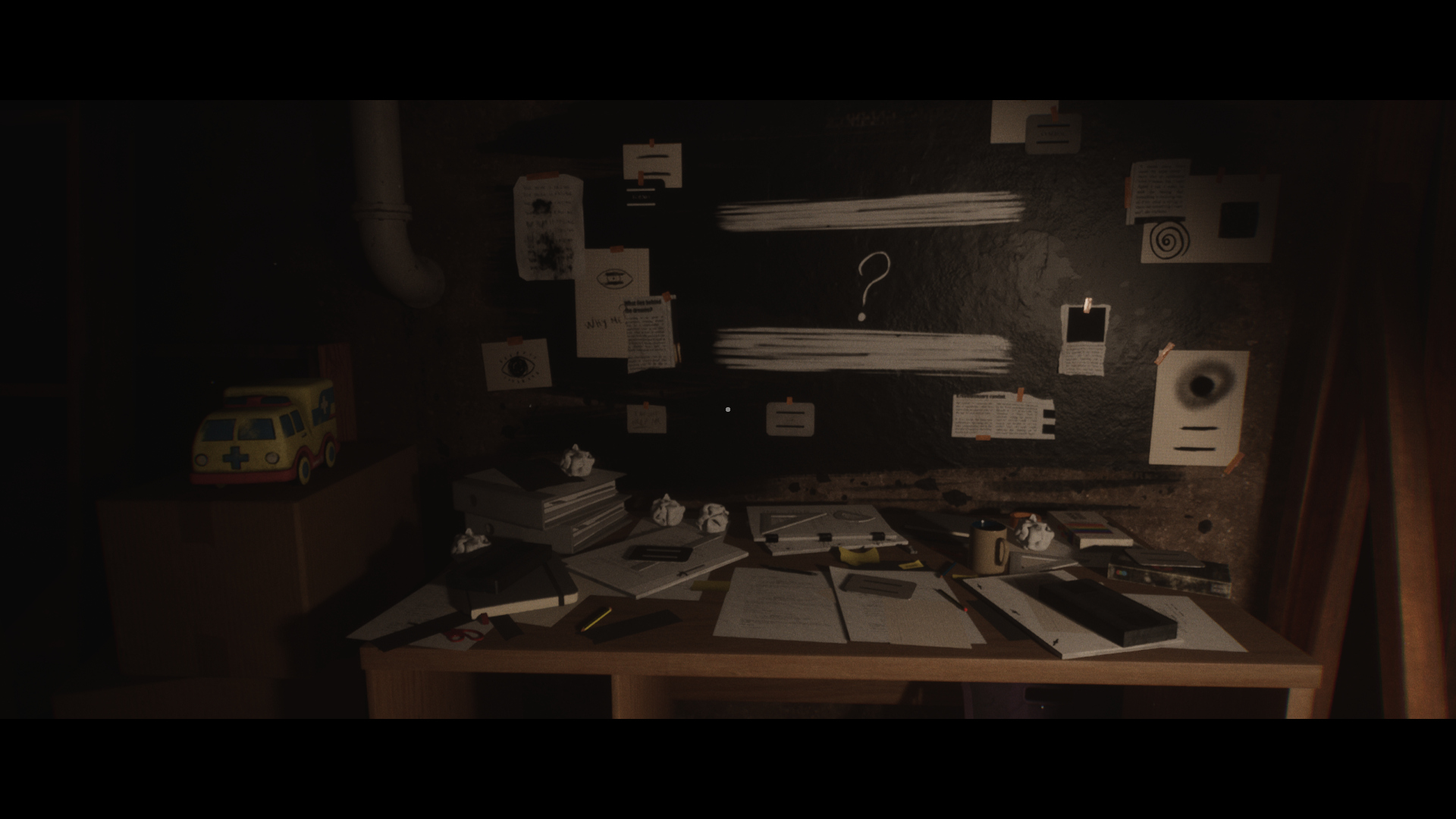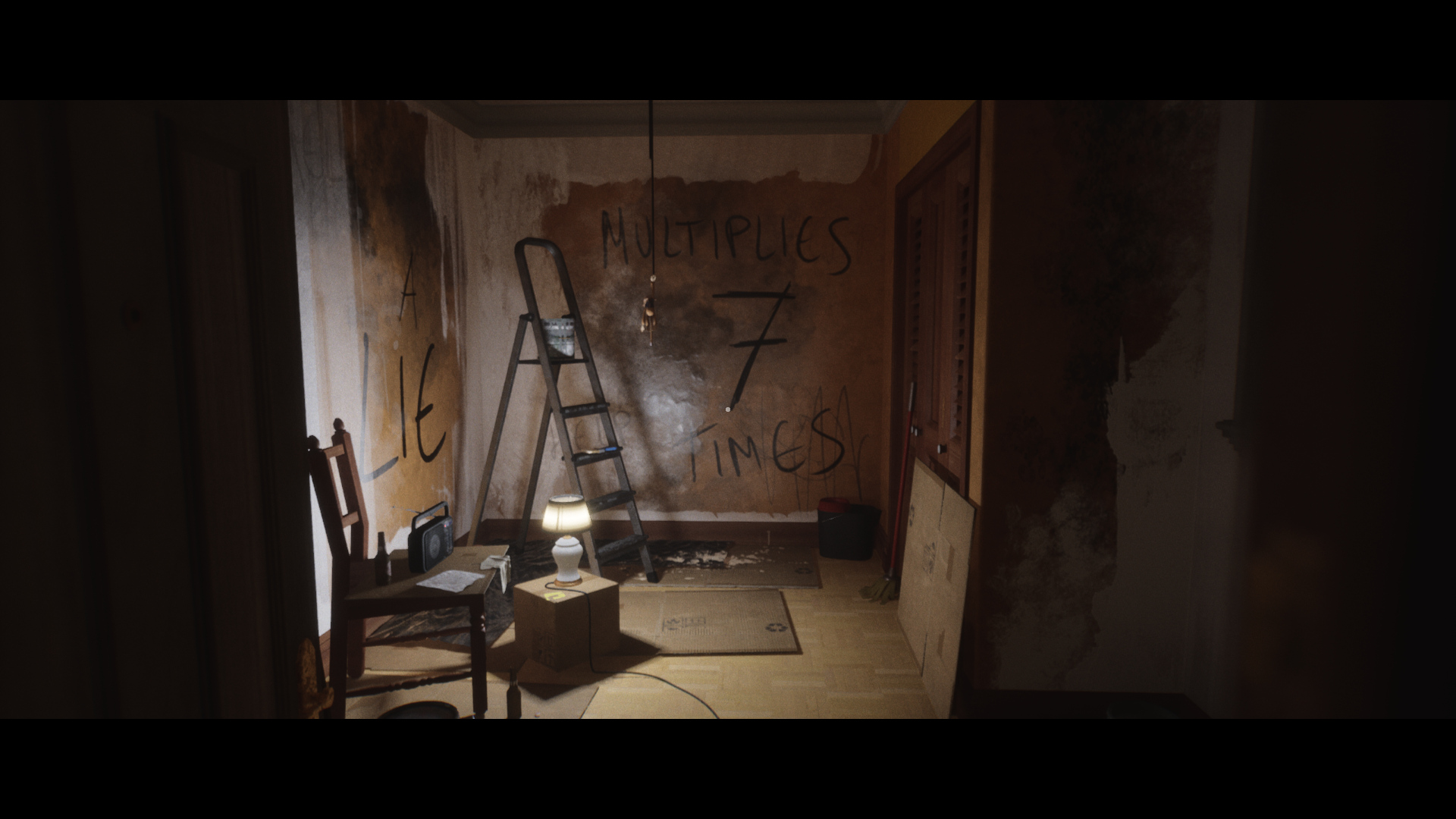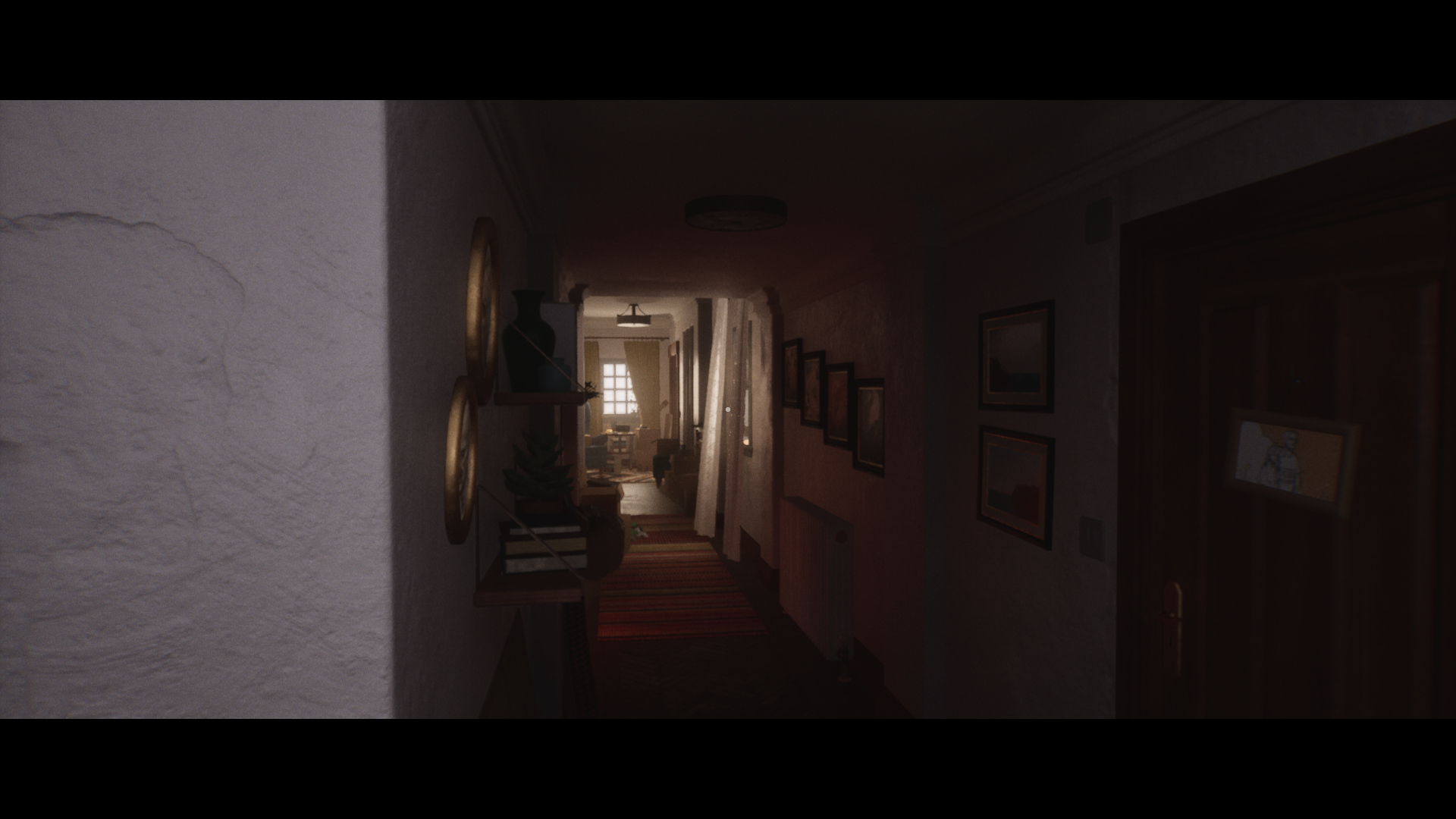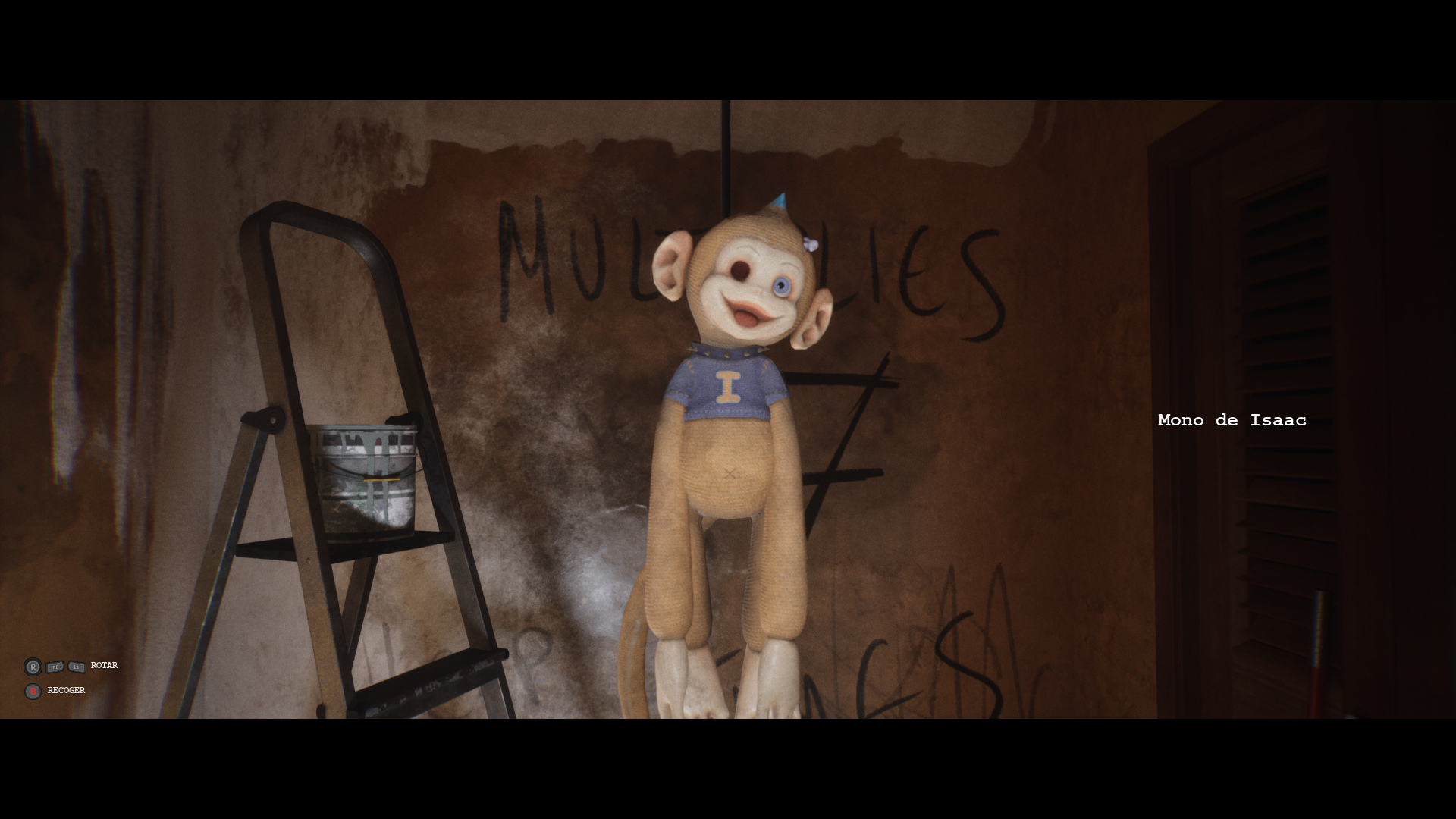Sometimes death can also be the protagonist of a video game, we analyze for Xbox Series the brilliant, Luto.
Take a look at these other reviews
- Guide: Wave of bans in FC 26, social networks are flooded with cases: this is how you should proceed
- This new horror game already has a demo on Xbox… and everything revolves around a cursed doll
- Get 4 PC games for free and forever
| Don't miss anything and follow us on Google News! |
“This is a story about death” reads the official description of Luto, a development proudly made in Spain by the people of Broken Bird Games and with Selecta Play and Astrolabe Games in charge of publication, but the truth is that the game’s story covers a wide range of topics, each more interesting than the last.
Luto is a story that talks about sadness, loss, secrets buried in the subconscious, depression. But all these topics are addressed in a very interesting and never trivial way, illustrating without hesitation the importance of well-thought-out narrative, because at the end of the day, this story is a kind of narrative adventure that takes the player to places they never wanted to be.
I won’t tell you too much about Luto’s story, because I think it’s best to arrive at the title with as little knowledge as possible, because any information is a potential spoiler that can ruin a memorable experience. What I can tell you is the general framework of this production, which puts the player in the shoes of Samuel Hale, who wakes up from a nightmare to face the environments of his house, a strange and disordered structure that gives clear hints of what to expect.

The problem is that the protagonist cannot leave the house, and each attempt will advance the days and reorganize the objects in the house, like the keys that seem to move from room to room. The game’s progress is accompanied by the omnipresent voice of a narrator who clarifies certain questions or proposes new ones that add to the overall atmosphere of terror and mystery.
The story, as in any good adventure of this style, is told through certain clues that are scattered throughout the house, the notes that are found, and the accurate comments of the narrator. Through these unusual points, the game manages to build characters and immerse the player constantly in the atmosphere the game seeks to create.
Join me in solving a mystery in the darkest confines of the human mind, which, most of the time, is more terrifying than any supernatural entity.
Technical Section
The atmosphere is one of the most important aspects for a game of these characteristics, many would say that it is the key to success or failure of these productions. One of the pillars of this part is the graphics. The title incorporates realistic graphics with its own style, which may not dazzle at first glance, but it does make the game maintain a constant 60 FPS rate and alternates in chiaroscuro with variable lighting that fits perfectly with its visual design. In many points, even a texture blur is appreciated, which, in addition to being gloomy, adds an unreal filter, as if everything were a feverish dream of the protagonist that is carried through his eyes to the player’s vision.
The other pillars of the atmosphere are sound and music. The ambient sound prevails for its clear tones, which are even important for solving certain puzzles or locating objects with this same objective. The house where the protagonist spends his eternal days creaks, destroys itself, in a way, lives and vibrates with each action, generating a pleasant sense of alertness at every step.

The music is semi-constant, but it is very soft and has a kind of ephemeral melody that suits the game absolutely well and crowns the experience in an extremely positive way.
As it is a Spanish development, the game is localized in our language (although only in the Iberian variant). It’s surprising that the audio is only in English and not in Spanish, although the good news for another part of Spain is that the title also features subtitles in Catalan.

Gameplay
From its first-person perspective, almost from the start and without the mediation of tutorials, the player learns that details are the key to advancing in the story or getting stuck in search of a specific solution. Luto rewards players with a great sense of achievement when they manage to connect an idea between two aspects that seem to have no connection.
The game seeks to make players understand the sufferings of a person’s mind whose illnesses haunt them at every possible opportunity. At the same time, it does not abuse cheap resources such as loud noises that jump out to startle the player, nor does it throw low blows with terrible or extremely bloody images; the beauty of the game’s construction is based on what the player imagines, more than what is shown.

In terms of mechanics, the title proposes exploring each of the sectors of the house that serves as the main stage, which, in turn, is constantly reconfiguring itself as if it were a marvel of supernatural architecture, and solving several puzzles in a modern graphic adventure style.
Accessing the inventory to resolve clues and review available items will be common during each instance of the title, and it’s the only moment when you’re not exploring.
The pace is correctly slow during the first half, without being boring at any moment; but it increases the speed in an almost explosive way in the last part, more specifically in the last chapter, and closes the story with a golden brooch tying up each of the loose ends of the narrative, as incredible as it may seem at a certain point.

Duration
It will take you about 6 hours to complete the title, so we’re talking about a game of very short duration, but the story’s pace is very good, perhaps with the final chapter being the most unusual. The problem with this section is not so much the game’s length, but its almost non-existent replayability, which is a shame given the title’s great quality.

Conclusion
Broken Bird Games manages to demonstrate with Luto not only its love for narrative adventures but also a huge talent for building stories with non-obvious or traditional elements. The studio could give a class on creating atmospheres in video games with few elements.
It may be that the game is, as its name suggests, a story about death, but it’s beautiful from every angle; the only drawback is that it’s so good that its short duration weighs heavily, simply because the player will want to keep discovering the mysteries of that story that tells the sorrows of those who are no longer among us and of those who still struggle with all their might to carry the sequels of a loss.
Perhaps the genre is not for everyone, but if narrative adventures are your thing or horror catches your attention, you can’t miss Luto. It’s simply brilliant.







